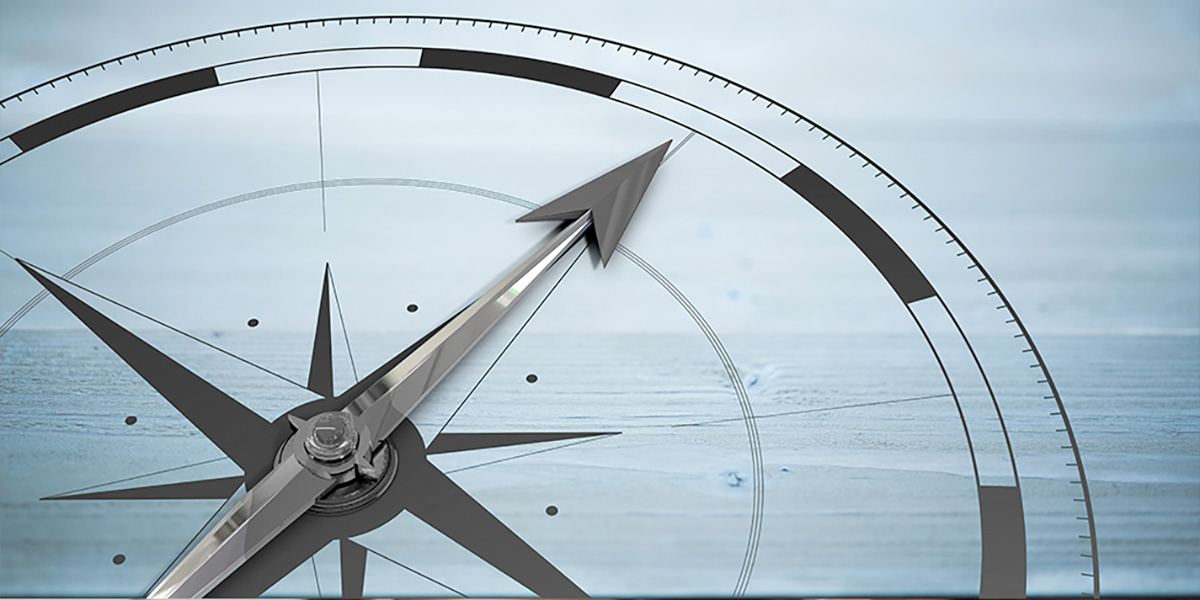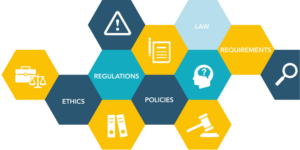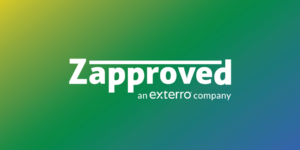
More than 90% of civil cases are settled before they ever go to trial. Still, companies have no way of knowing whether a given matter will fall into that 10% that do proceed to trial. That’s why your organization must take every triggering event seriously.
When the possibility of litigation arises and the discovery process begins, there are huge volumes of data and electronically stored information (ESI) that may prove relevant as evidence. Both parties in a civil suit need a way to contextualize all this information to better understand how they should proceed. Plaintiffs must learn if they have sufficient evidence to mount a case, and defendants must assess their vulnerabilities and decide whether or not to settle.
Early case assessment (ECA) can help Legal narrow their focus to the most important ESI to guide better decision-making. With a strong ECA process, companies can also cut down on the costs of ediscovery, including:
- Data storage costs that result from over-collection of data
- Third-party review of needlessly large volumes of ESI
- Time spent by IT in collecting and preserving
You can’t predict the future and magically understand which cases will go to trial, but ECA can prepare you to make the best choices for your business when matters arise. Let’s take a look at some of the benefits of ECA and some of the things your legal team can do to get it right.
The Benefits of Early Case Assessment
ECA is a discipline; it combines a systematic approach with the right technology and the right processes. Companies that make this discipline a priority realize enormous value in the form of:
Clarity
Strong ECA can inform your legal team’s strategic approach to a pending or potential case. That starts with identifying the data that is most likely to be relevant. What types of data—emails, texts, voicemails, Slack messages—and what size data sets are you working with?
Once you have a handle on the scope of the data, ECA can also pinpoint where in the data set you want to devote the most time and resources. For example, say you face insider trading litigation; an ECA search through data may surface a recurring, suspicious word or phrase hundreds of times, so you know to focus your collection and discovery efforts on those instances. Identifying these kinds of “red flags” in your data can also help you understand whether or not to quickly settle.
Cost Reduction
At the highest level, ECA helps you control costs by giving you an understanding of how much data may need to be preserved, collected, and eventually reviewed. The greater the volume of relevant ESI, the more costly it will be if the case proceeds to trial. Weighing this cost against the cost of settlement helps you make a prudent decision.
On a more granular level, ECA can reduce the amount of data that is necessary to collect and review, which can create huge cost savings in terms of storage and outside counsel. Multiple rounds of ECA can help you reduce total data collection by focusing first on a narrow facet or custodian. If, for example, you’re being sued for wrongful termination, you can target your analysis to a manager’s email with a focus on keywords like “fired” or “let go.” You can then expand the scope of your collection as necessary.
Not only will this save your IT team time, it could also reduce the amount of data you send to outside counsel for review. That can be an enormous cost savings, especially for legal teams that are under-resourced and rely entirely on outside vendors.
Cybersecurity
Corporate Legal should always be on the lookout for potential risks, and there may be no greater risk than a cybersecurity event or breach. By leveraging ECA to target only the most relevant data and ESI, you also limit the amount of data you send outside your own ecosystem, thus reducing the risk of a cyber attack.
How to Save Time and Money with Strong Early Case Assessment
Unlike many legal processes, ECA is adaptable to the specific needs of a given matter. That flexibility means there’s no “one size fits all” approach, but there are some common steps successful ediscovery teams leverage to get the most out of ECA.
Create a Data Map
ECA excellence starts before you face pending litigation. A data map identifies all the sources of data and potential custodians that could be relevant, so you know where to focus your ECA when a triggering event occurs. This kind of data audit can also help you create standardized disposition schedules, so you are regularly destroying data that is redundant, obsolete, or has no other value. That can save time and money during ediscovery.
IT will be a huge partner here, so build strong relationships with them. You might also consider investing in ediscovery tools that empower your legal team to collect and preserve data.
Implement Strong Preservation Protocols
The quality of your ECA practice depends on how reliable and thorough your preservation processes are. This begins with clear, concise legal hold notifications, but it also includes regular follow-up, the creation of resources for custodian questions, and continual education across the business. Ediscovery technology can also assist by automating many of these steps, reducing the person hours necessary to manage your holds.
Conduct Thorough Custodian Interviews
Custodians can help you determine the scope of a matter, who is involved, the types of data that are most relevant, and where to find it. Automation can be a big assist here, as well; it allows you to capture interview information and organize it into actionable formats or reports.
Analyze Data In Place
This allows you to analyze trends in your ESI before collection, which can be a huge savings of time and resources. Analytics tools can generate important insights, such as your total volume of documents or the percentage of file types in your systems.
With this information, you can eliminate irrelevant data like standard system files or duplicates from your collections. This also helps you to evaluate potential costs of each ediscovery phase more effectively.
Collect Data in Phases
As we mentioned, ECA can help you start your ediscovery process at a small scale and expand your scope as needed. Early collection should focus solely on data sources that are most critical to your case. You may find that after a single round of collection, you have all the information you need to determine whether to settle or move forward.
Apply Lessons-Learned to Future Incidents
When a new matter involving overlapping legal issues or custodians arises, you can get ahead by revisiting your central data repository. This way, you can start your analysis before you spend time collecting even a single byte of information. This can help you expedite matters, measure continuous improvement over time, and reduce costs.
Zapproved Makes Great ECA Simpler
Ediscovery has never been more complex, involved greater volumes of data, or been more costly. At Zapproved, our goal has always been to partner with your corporate legal team to ease the burden of the process. Our ZDiscovery platform assists with ECA by:
- Automating legal hold notifications, follow-ups, and escalations for easier, more thorough preservation
- Creating robust reporting so you can track custodian interviews, analyze past matters, and identify patterns in ESI
- Putting data preservation and collection in the hands of your legal team, easing the burden on IT and saving time
- Providing sophisticated in-house review tools to reduce your reliance and your costs on outside vendors or counsel




